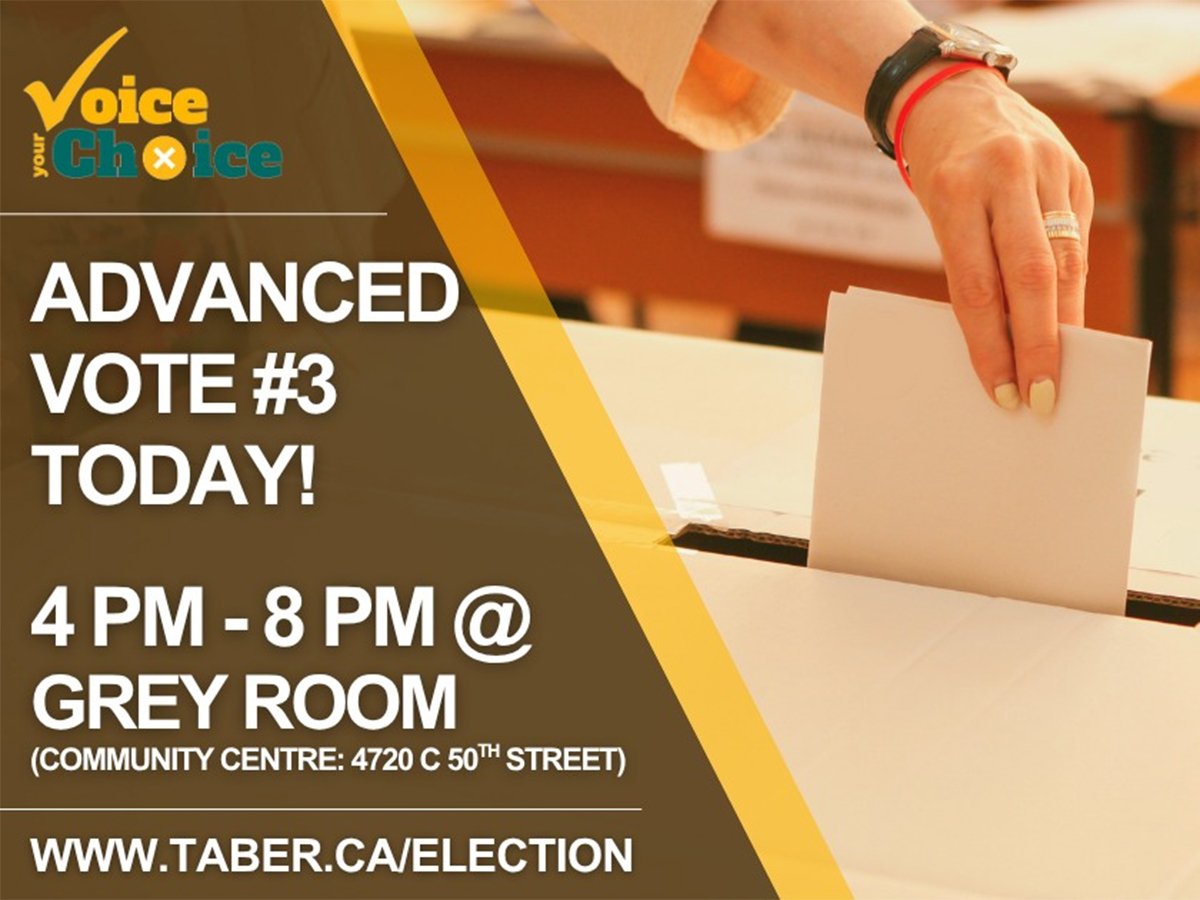Alan Guebert is an Illinois farm journalist.
When asked how he picked stocks for the enormously profitable mutual funds he once managed, Peter Lynch explained his “crayon theory”of investment.
“If a company’s product is so complicated I can’t draw it using anymore than a child’s box of crayons, I don’t invest in the company,” said Lynch. An example of this colorful method was pantyhose, Lynch explained. When introduced, few investors thought the new hosiery had a future, but the product passed Lynch’s crayon test so he invested. “We made millions,” he added.
Read Also

Rural communities can be a fishbowl for politicians, reporter
Western Producer reporter draws comparisons between urban and rural journalism and governance
Before summer heat addles too many brains, everyone in farm leadership should grab their kids’ crayons and draw a clear picture of just what it is they are doing to boost the black and blue farm sector. Show farmers in red, white, yellow or green, why they should invest their futures in the many vapid ideas now sprouting up like butterfly-killing weeds.
For instance, someone in the American Farm Bureau Federation should color in the group’s idea of lifting the nearly 40-year-old trade embargo with Cuba to answer why this topic is of such importance now.
Just what does Cuba have to offer the United States if the embargo is lifted? With no money to buy farm goods, U.S. credit would be needed to underwrite any hoped-for ag sales to Cuba. Wouldn’t Castro’s nine-cents-per-pound sugar cripple the barely-getting-by, 18-cent cane, beet and corn syrup sugar industries American farmers have built in the last 20 years?
On May 20, congressman Lincoln Diaz-Balart applied the Lynch crayon test to AFBF’s help-Havana idea. Said the Cuban-born Republican: “I do not think taxpayer financed trade with terrorist states is an appropriate way to try to help U.S. farmers.” So why does AFBF think it appropriate?
Could it be multinational food processing firms are using Farm Bureau’s free trade rhetoric to provide cover so they can buy shiploads of cheap sugar to lower input costs and fatten corporate profits?
Smithfield Foods, the nation’s largest pork integrator, has made a business out of slapping farmers. In August 1997, Smithfield bought Dakota Pork of Huron, South Dakota, its only in-state packer competition. Within days, Dakota’s 850 employees were fired and the plant was stripped. Then, like other major pork packers, Smithfield blamed last winter’s $8 (U.S.) hogs on the lack of packer capacity.
Just three weeks ago, Smithfield announced a joint venture with Grupo Alpro, Mexico’s largest federally inspected hog processor, to grow and process hogs south of the border. Based in Sonora, the investment “fits Smithfield’s strategic plan because of its proximity to California, Arizona and Texas,” according to news reports.
Mucho cheapo NAFTA-legal exports to valued U.S. meat markets? Could this be the reason packers, with the help of the National Pork Producers Council, continue to fight country-of-origin labeling?
Never fear, say American farm leaders, Congress will appropriate more money this year – the amount now talked about is $6 to $8 billion and growing – to bail farmers out again this year. Wasn’t “free trade” and Freedom to Farm supposed to do that?
Some final questions about free trade: Will the European Union, which spends nearly $50 billion a year on ag programs, even flinch at the U.S. government’s request to impose $202 million in retaliatory trade duties over the hormone beef issue? The penalty is 0.4 percent of the EU’s ag budget.
Why not simply pay and keep U.S. beef out of Europe to boot?
Wrestle the crayons from the kiddies sometime this summer and draw your own conclusions. Then send ’em to your farm leaders.














